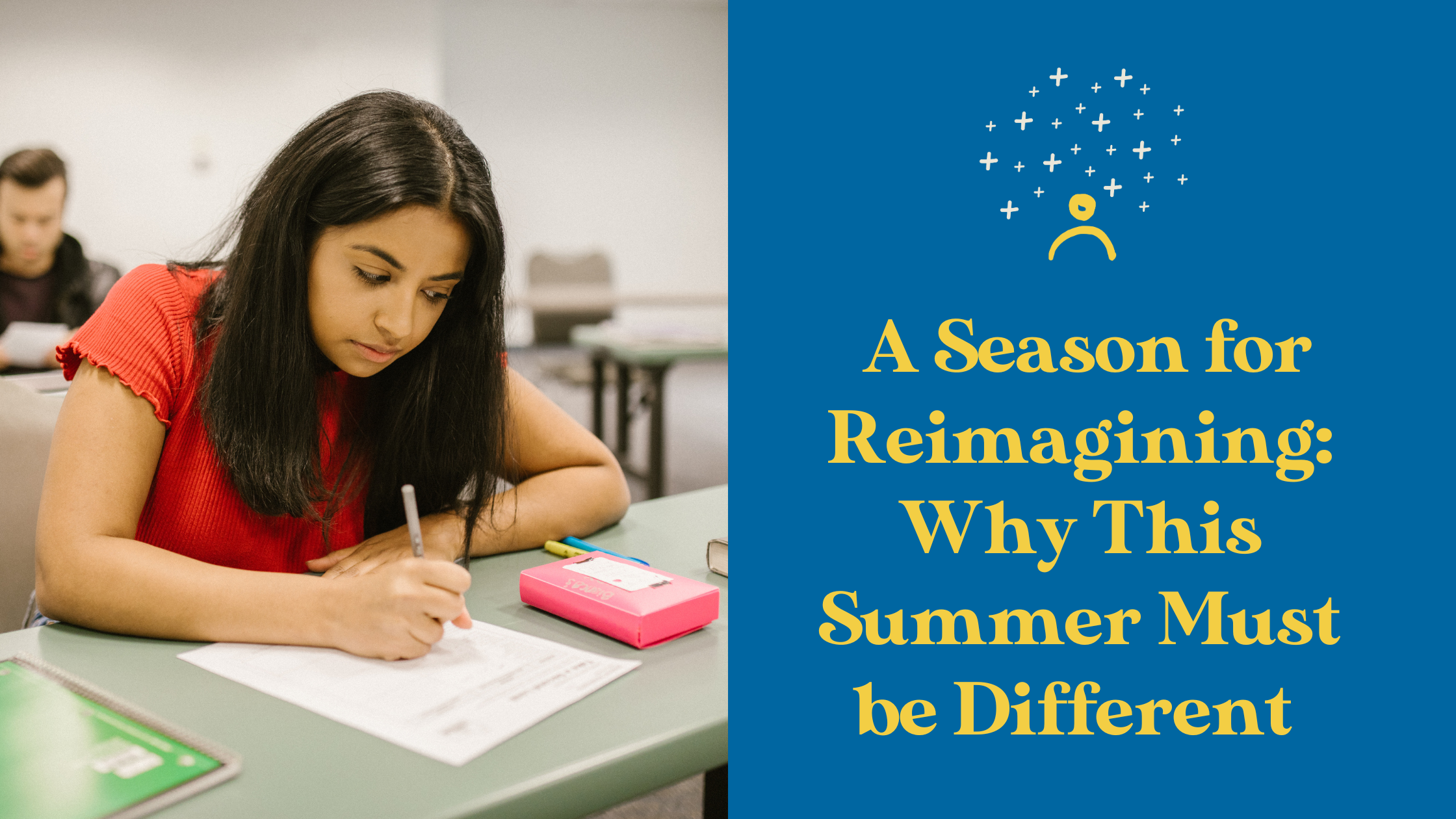By: Superintendent Bo Wright and Chuck Khoury
Each year as the school year closes and another begins to take shape, we find ourselves in a familiar rhythm: report cards filed, lockers cleaned out, and calendars already filled with deadlines for the next year. But this summer feels different.
The world our students are growing up in is shifting fast. And while we’ve tried to keep up, we often find ourselves doubling down on what’s familiar. We adopt new instructional materials. We invest in professional development. We pilot the next promising program to boost outcomes in literacy or math. All of this matters. But too often, we skip over a more fundamental question:
What exactly are we preparing students to do?
Not in theory. In practice. In the real, complex, beautiful lives they are living now.
Beyond the Narrow Path
For too long, readiness has been defined by test scores, GPAs, or college enrollment. We’ve encouraged students to walk a straight line through a system that often ignores the realities of the world they are stepping into— realities marked by economic uncertainty, climate stress, threats to safety, and belonging.
Young people today need more than content. They need to understand how their learning links to their own purpose and to the problems and possibilities around them. They need confidence to navigate complexity and the capacity to lead through change.
Education must be more than preparation for a job. It must be preparation for life: dynamic, unpredictable, and shared.
Students Are Ready. Are We?
At a recent gathering of students, educators, and community members in Geneva, New York, we asked young people what they wanted from their education. Their responses were direct and deeply insightful. They want more voice. More relevance. Access to internships and college credit. Classrooms led by teachers who listen and adapt. They want to feel like school matters to them, to their futures, and to the world around them.
And perhaps the most striking of all? The adults in the room didn’t push back. They asked, listened, asked questions, and built on the students’ ideas. Everyone could see it: our education system needs to evolve.
That kind of alignment doesn’t show in a strategic plan or in annual goals. It comes from conversation, trust, and an openness to rethink how we have always done things.
The Superintendent Role is Shifting
For decades, the job of the superintendent has been rooted in structure. Superintendents worry about building plans, meeting targets, and protecting continuity. Today, that is not enough. The role is changing. Our responsibility isn’t to manage a system. It’s to lead a transformation side-by-side with the community they serve.
Strategic plans, goals, and data dashboards are still useful, but they can’t be the centerpiece. Not when the ground beneath us is shifting so rapidly. What we need now is broader participation. We need to be asking:
- What do students see that we don’t?
- What are families hoping for in their children’s future? What do they want us to hear?
- What kind of schools are our communities ready to help us build?
This Summer Is Critical
This season isn’t about slowing down. Anyone in this work knows that’s a luxury we don’t have. But it is about being intentional. About choosing to focus our time and energy on what truly matters: deep listening, meaningful reflection, and bold, community-driven action.
And that includes how we engage with our communities. Authentic engagement isn’t a one-time focus group or a survey tucked into a newsletter. It’s an ongoing relationship—one that’s built on trust, reciprocity, and shared responsibility.
We saw what this could look like in Geneva. That gathering wasn’t the end of a conversation—it was the beginning of one. Students and families were clear about what they wanted. And now, the district is committed to looping back. To closing the feedback loop. To continuing those conversations in ways that are transparent, respectful, and enduring.
We’re making that commitment, too.
We’re building systems that center community voice. We’re practicing shared decision-making, not just input collection. We’re expecting all school staff—not just administrators or family liaisons—to engage with families as partners. And we’re backing that expectation with real resources—because family engagement is not a “nice to have.” It’s a prerequisite for student success.
We’re also rethinking how we communicate: making sure our outreach is inclusive and transparent—culturally and linguistically appropriate, timely, accessible, and clear. Because if families don’t feel seen, heard, and informed, we’re not doing our job.
This is what reimagining readiness looks like. Not just for students—but for systems.
This Is The Work
We are not preparing students for our future. We are preparing them for theirs. And while we can’t predict exactly what that future will hold, we can ensure they leave our schools equipped to lead with curiosity, empathy, adaptability, and courage.
This season doesn’t call for more hustle. It calls for alignment. For imagination. For leadership rooted in purpose and grounded in community.
Let’s not waste it.
